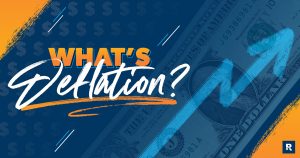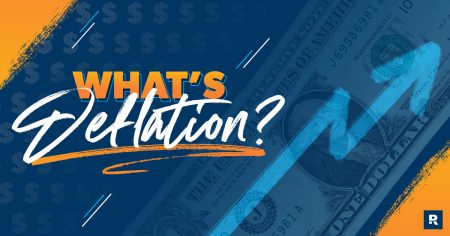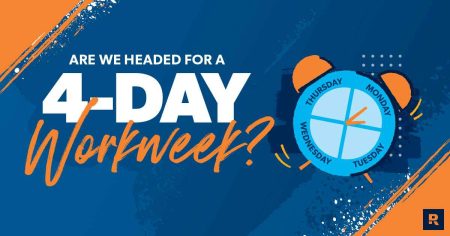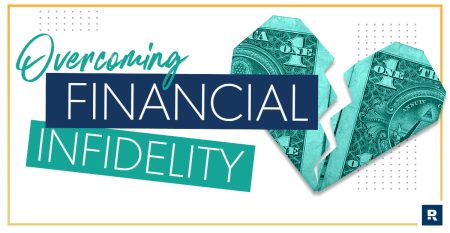The Federal Reserve on Wednesday held interest rates steady for the seventh straight time and scaled back the outlook for rate reductions later this year as high inflation lingers.
New quarterly economic projections laid out after the meeting show that a majority of Fed officials who participated expect rates to fall to just 5.1% by the end of 2024, suggesting there will only be one quarter-point rate cut this year – a sharp reversal from the three they had predicted in March.
In their post-meeting statement, policymakers left the door open to rate cuts but stressed they need “greater confidence” inflation is coming down before lowering borrowing costs.
While inflation has fallen considerably from its peak, price pressures have proven more stubborn than expected. The Fed’s favorite gauge shows that inflation is running at a 2.7% pace — well above the central bank’s 2% goal. When excluding food and energy, underlying core inflation came in even hotter at 2.8%.
Policymakers raised interest rates sharply in 2022 and 2023 to the highest level in more than two decades in a bid to slow the economy and cool inflation. Officials are now grappling with when they should take their foot off the brake.
| Ticker | Security | Last | Change | Change % |
|---|---|---|---|---|
| I:DJI | DOW JONES AVERAGES | 38778.84 | +31.42 | +0.08% |
| I:COMP | NASDAQ COMPOSITE INDEX | 17659.76982 | +316.22 | +1.82% |
| SP500 | S&P 500 | 5432.52 | +57.20 | +1.06% |
Hiking interest rates tends to create higher rates on consumer and business loans, which then slows the economy by forcing employers to cut back on spending. Higher rates helped to push the average rate on 30-year mortgages above 8% for the first time in decades last year. Borrowing costs for everything from home equity lines of credit, auto loans and credit cards have also spiked.
Yet the rapid rise in rates has not stopped consumers from spending or businesses from hiring. The labor market is continuing to chug along at a healthy pace, with employers adding 272,000 new workers in May. Job openings also remain higher than the typical pre-pandemic level, although the unemployment rate recently ticked higher to 4%.
This is a developing story. Please check back for updates.
Read the full article here
















